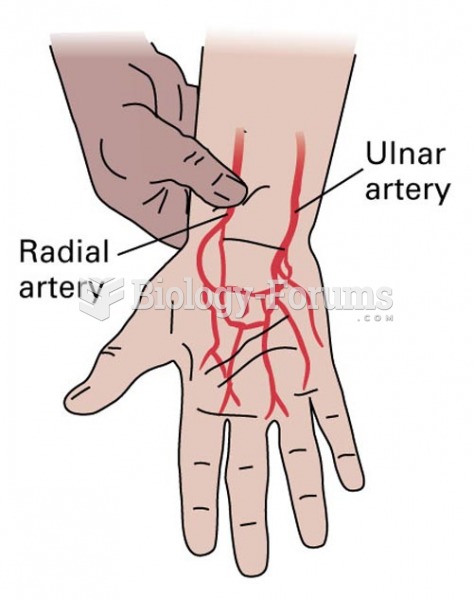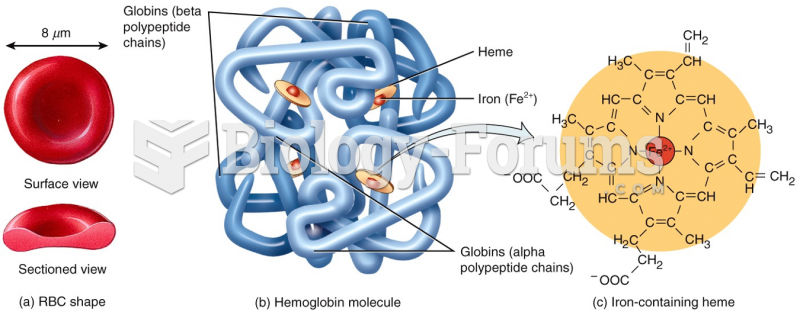This topic contains a solution. Click here to go to the answer
|
|
|
Did you know?
Normal urine is sterile. It contains fluids, salts, and waste products. It is free of bacteria, viruses, and fungi.
Did you know?
The first monoclonal antibodies were made exclusively from mouse cells. Some are now fully human, which means they are likely to be safer and may be more effective than older monoclonal antibodies.
Did you know?
Your heart beats over 36 million times a year.
Did you know?
Thyroid conditions may make getting pregnant impossible.
Did you know?
It is difficult to obtain enough calcium without consuming milk or other dairy foods.







